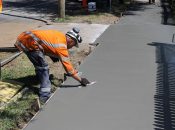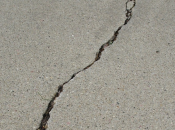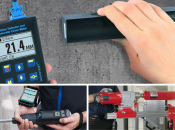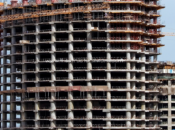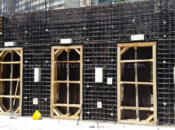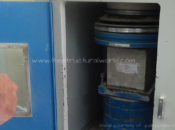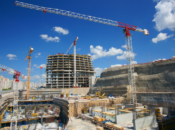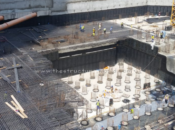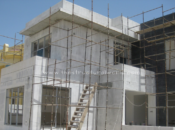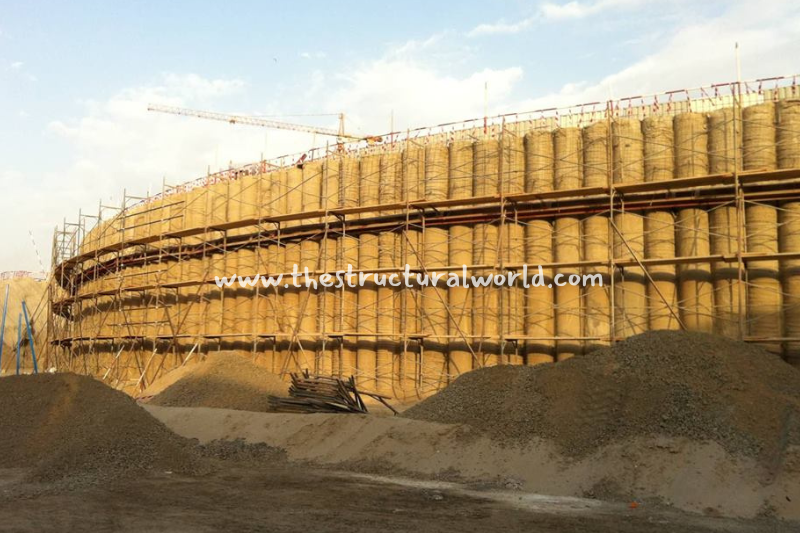
Construction projects often involve excavations and the need for retaining walls to support soil and prevent collapse. This is where shoring and earth retaining systems come into play. These systems provide crucial support to ensure the safety and stability of the construction site. However, selecting the appropriate shoring or earth retaining system requires careful consideration of various factors. In this article, we will explore the key considerations to help you choose the suitable shoring or earth retaining systems for your project.
Understanding Shoring and Earth Retaining Systems
Before delving into the selection process, let’s clarify the concepts of shoring and earth retaining systems. Shoring refers to the temporary support structures used to prevent soil movement and maintain the stability of excavations during construction. On the other hand, earth retaining systems are designed to retain soil and provide support to adjacent structures, such as buildings and roads.
Factors to Consider When Choosing Shoring or Earth Retaining Systems
1. Soil Properties and Conditions. The type of soil and its properties play a significant role in determining the appropriate shoring or retaining system. Different soils have varying levels of cohesion, drainage characteristics, and angle of repose. Cohesive soils, like clay, may require different shoring techniques than granular soils, such as sand. Conduct a thorough soil analysis to understand its behavior and select a system that accommodates its properties.
2. Depth of Excavation. The depth of the excavation is a crucial factor in determining the shoring or retaining system. Different systems are designed to handle specific depths. For shallow excavations, simple shoring methods like timber or soldier piles might suffice. Deeper excavations may require more robust solutions like sheet piles or anchored walls.
3. Adjacent Structures. Consider the proximity of nearby structures. The chosen shoring or retaining system should not compromise the stability of these structures. It might be necessary to opt for a system that minimizes vibrations or soil movement to prevent potential damage to adjacent buildings or infrastructure. This situation is usually encountered mostly in urban areas since the structures/buildings are very close to each other.
4. Water Table and Drainage. The water table level and drainage conditions can significantly impact the stability of both the excavation and the retaining system. High water tables may require dewatering techniques, and the retaining system should be able to handle potential water pressure. Proper drainage measures are essential to prevent water accumulation behind the retaining wall, which could lead to instability.
5. Project Duration. The duration of the construction project influences the choice of shoring or retaining system. Temporary shoring methods might be more suitable for shorter projects, while longer projects might benefit from more permanent retaining solutions. Consider the ease of installation and removal when choosing the system based on the project timeline.
6. Budget Constraints. Budget considerations play a significant role in the selection process. Different shoring and retaining systems vary in terms of material costs, labor requirements, and maintenance expenses. Balance the cost with the project’s safety and structural requirements to find a suitable solution.
7. Access and Site Constraints. The accessibility of the construction site and any space limitations will impact the choice of shoring or retaining systems. Some systems require heavy machinery and ample space for installation, which might not be feasible in constrained areas. In such cases, alternative methods that require less space might be more appropriate.
8. Aesthetics and Environmental Impact. Depending on the project’s location and surroundings, aesthetics and environmental impact might be important considerations. Some retaining systems, like vegetated walls or gabion baskets, can blend with the natural environment and have a reduced visual impact compared to concrete walls.
9. Load Requirements. Determine the load-bearing requirements for the project. If the retaining system needs to support additional loads, such as heavy traffic or building loads, it should be designed accordingly. Consider the potential for future expansions or modifications that could increase the load on the retaining system.
10. Professional Expertise. Consulting with geotechnical and structural engineers is crucial when choosing a shoring or retaining system. Their expertise will help you assess the site conditions, analyze soil properties, and recommend the most suitable system based on safety and structural integrity.
Recommended Types of Shoring System Suitable for your Project
The following are the recommended type of shoring sytem according to site condition. Some of which has been discuss in our previous article 5 Common Types of Shoring and Its Uses
A. Non-watertight Shoring System. A non-water-tight shoring system does not focus on preventing water infiltration into the excavation area. It is often used in projects where water presence is not a significant concern or where water infiltration does not pose a risk to the construction activities or stability of the excavation. The type of shoring that we can use in this type of site condition are:
A.1. Soldier Piles
A.2.Contigous Pile Walls
A.3. Slurry Walls
B. Watertight Shoring System. A water-tight shoring system is designed to prevent water from entering the excavation area. This type of shoring is commonly used in projects where the excavation is below the water table or in areas with high groundwater levels. The goal is to keep the excavation dry, which can be crucial for certain construction activities or when working in areas where water infiltration could cause instability or damage. Here are the type of shoring that we can use in this type of site condition:
B.1. Secant Pile Walls
B.2. Diaphragm Walls
B.3. Sheet Piles
C. Bracing for Temporary Earth Retaining Structures. Temporary earth retaining structures are typically used to support soil or other materials and prevent them from collapsing or sliding during excavation or construction activities. Bracing systems help distribute lateral loads and provide stability to these structures. There types are:
C.1. Anchors
C.2. Rakers
C.3. Struts
Conclusion:
Choosing the suitable shoring or earth retaining system for your construction project requires a comprehensive understanding of site conditions, soil properties, project requirements, and budget constraints. By carefully considering these factors and seeking professional advice, you can ensure the stability, safety, and success of your project. Remember that each project is unique, and the right choice of shoring or earth retaining system will ultimately depend on a thorough evaluation of these key considerations.
What do you think about this article? Let us know your thoughts and comment down below. You can also follow, like, and subscribe to our social media pages below to be updated with the latest posts.
[DISPLAY_ACURAX_ICONS]

